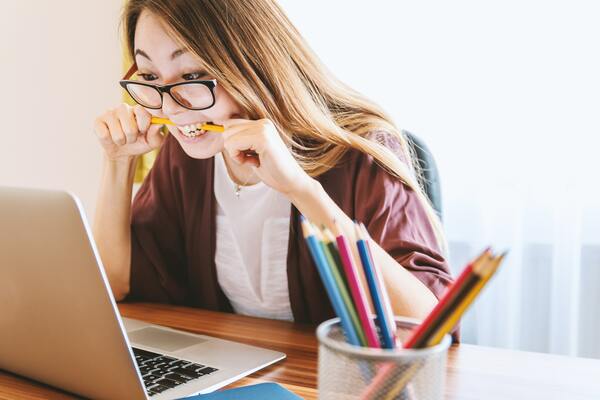Psychosocial impact of home-based learning among students during the COVID-19 Pandemic in Singapore
(1) Anglo-Chinese School (International), Singapore, (2) Anglo-Chinese School (Independent), Singapore, (3) Testing Operations Centre, COVID-19 Operations, Health Promotion Board, Singapore, (4) International Eye Cataract Retina Centre, Singapore
https://doi.org/10.59720/20-217
The COVID-19 pandemic has forced students to adapt to Home-Based Learning (HBL) for varying durations globally. We hypothesize that HBL has had a negative psychosocial impact on secondary school students due to an increase in the time spent on digital gadgets, reduction in physical activity, and social isolation. After surveying 69 secondary school students (8-14 May 2020) during the “circuit breaker”, which was a nationwide stay-at-home order implemented as a preventive measure by the government of Singapore in response to the COVID-19 pandemic, we compare their time spent on digital gadgets and other activities before and during HBL and grade their feelings during HBL on a Likert scale. Our results show that the students spent significantly more time on digital gadgets, online web-based meetings, social media and multimedia during HBL compared to before HBL. They also spent significantly less time on physical exercise and meeting friends. During HBL, the majority of students felt bored most of the time (45, 65.2%), and, missed meeting friends (61, 88.4%), missed going to school (56, 81.1%) and felt trapped at home (45, 65.2%) at least some of the time. Although most students (60, 86.9%) started a new hobby during HBL, and some reported positive changes in their outlook towards life, the majority of students (39, 56.5%) preferred going to school over HBL. Overall, secondary school students in Singapore have adapted well to HBL and have had opportunities to develop new skills; however, most still prefer going to school over learning in the home environment.
This article has been tagged with: